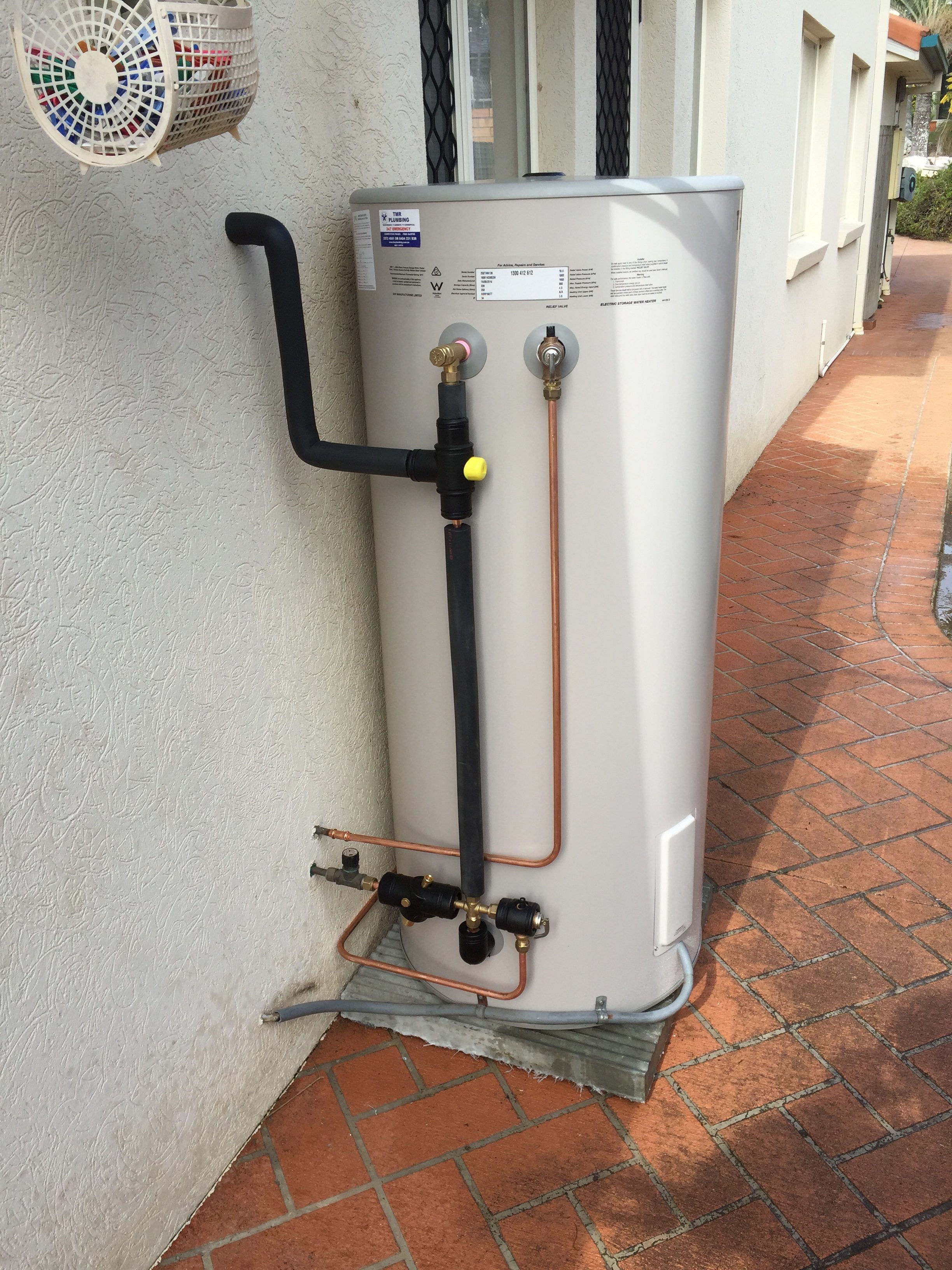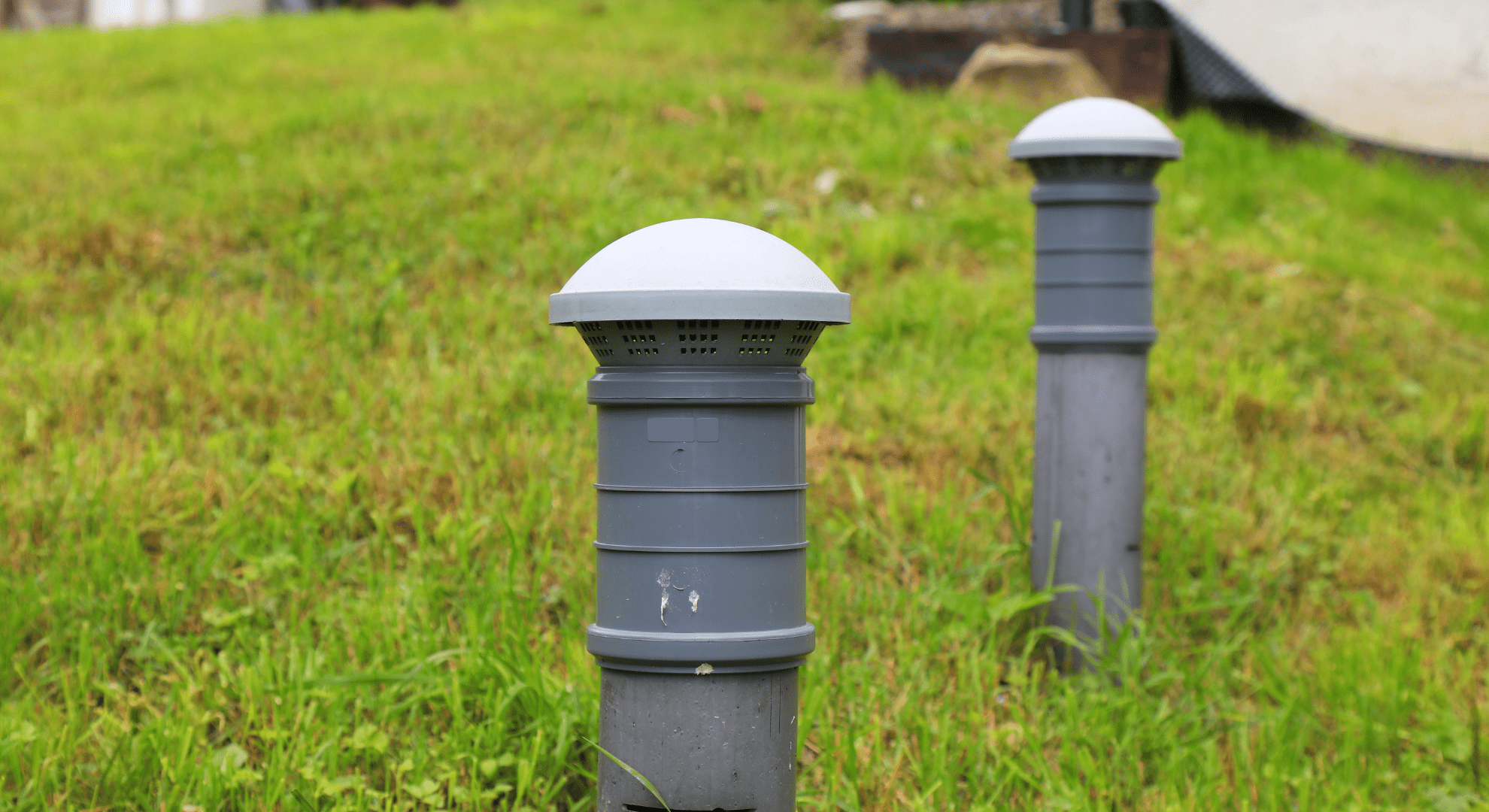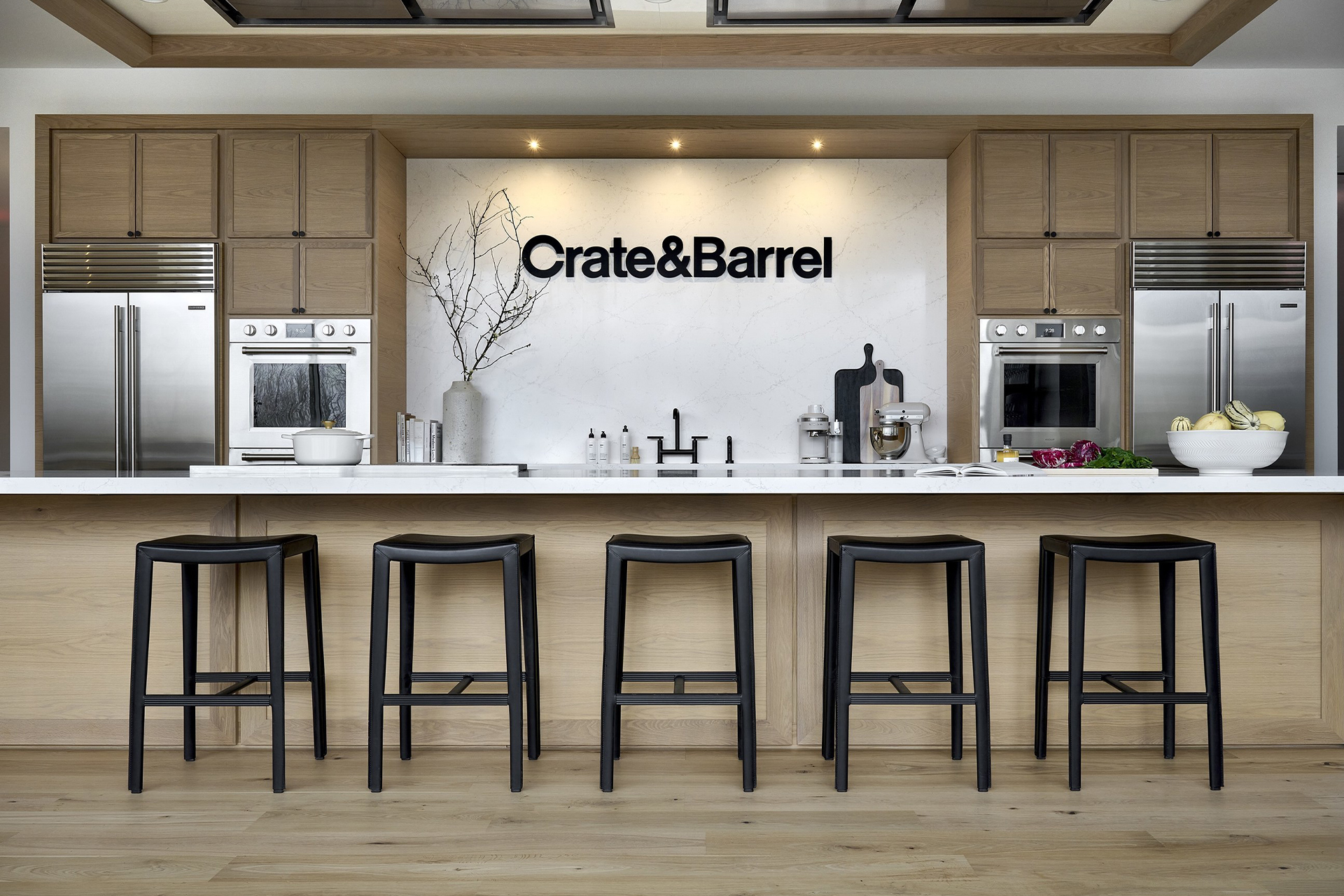Are you experiencing low hot water pressure in your bathroom sink? This can be a frustrating problem that can disrupt your daily routine. Fortunately, there are several steps you can take to troubleshoot and fix this issue. In this article, we will discuss the common causes of low hot water pressure in bathroom sinks and provide tips for increasing and maintaining hot water pressure. Troubleshooting Low Hot Water Pressure in Bathroom Sink
Low hot water pressure in your bathroom sink can be caused by a variety of factors, including clogged pipes, faulty fixtures, or issues with your plumbing system. The first step to fixing this problem is to determine the cause. Start by checking the hot water pressure in other faucets in your home. If the pressure is low in all of them, the issue may be with your plumbing system. If the pressure is only low in your bathroom sink, then the problem is likely isolated to that specific fixture. If the issue is with your plumbing system, it is best to call a professional plumber to diagnose and fix the problem. However, if the problem is with your bathroom sink, you can try some DIY solutions to improve the hot water pressure. How to Fix Low Hot Water Pressure in Bathroom Sink
Low hot water pressure in your bathroom sink can be caused by various factors, including mineral buildup, clogged pipes, or a faulty faucet. Over time, minerals such as calcium and magnesium can build up in your pipes, reducing the flow of water. This can also happen if your pipes are old and corroded. Clogs can also occur in your pipes, causing low hot water pressure. Additionally, a faulty faucet or valve can also lead to low pressure. Causes of Low Hot Water Pressure in Bathroom Sink
One way to increase hot water pressure in your bathroom sink is to clean or replace the aerator. The aerator is a small mesh screen at the end of the faucet that can become clogged with mineral deposits. Cleaning or replacing it can help improve the flow of water. Another solution is to flush your pipes by turning off the main water valve and opening all the faucets in your home. This can help clear any buildup in your pipes and improve water pressure. How to Increase Hot Water Pressure in Bathroom Sink
Low hot water pressure in bathroom sinks is a common problem that can be caused by a variety of factors. In addition to mineral buildup and clogs, leaks in your pipes or faulty fixtures can also contribute to low pressure. It is essential to address these issues promptly to avoid further damage to your plumbing system. Common Problems with Hot Water Pressure in Bathroom Sink
If you are experiencing low hot water pressure in your bathroom sink, there are a few DIY solutions you can try before calling a professional plumber. In addition to cleaning or replacing the aerator and flushing your pipes, you can also try using a plunger to clear any clogs in your sink. You can also use a mixture of baking soda and vinegar to dissolve any mineral buildup in your pipes. DIY Solutions for Low Hot Water Pressure in Bathroom Sink
If the DIY solutions do not improve the hot water pressure in your bathroom sink, it may be time to call a professional plumber. They have the expertise and tools to diagnose and fix any issues with your plumbing system. They can also provide routine maintenance to prevent future problems with low hot water pressure. Professional Plumbing Services for Low Hot Water Pressure in Bathroom Sink
To avoid low hot water pressure in your bathroom sink, it is essential to maintain your plumbing system regularly. This includes checking for leaks, cleaning or replacing aerators, and flushing your pipes periodically. Additionally, be mindful of what you put down your drains to avoid clogs and buildup in your pipes. Tips for Maintaining Hot Water Pressure in Bathroom Sink
If you have an older plumbing system that is causing low hot water pressure in your bathroom sink, it may be time for an upgrade. Newer plumbing systems are more efficient and can provide better water pressure. Consider consulting with a professional plumber to discuss your options for upgrading your plumbing system. Upgrading Your Plumbing System for Better Hot Water Pressure in Bathroom Sink
In some cases, you may have no hot water pressure in your bathroom sink at all. This can be a more serious issue that requires immediate attention from a professional plumber. Some possible causes of no hot water pressure include a faulty water heater, a broken hot water pipe, or a malfunctioning valve. A plumber can help diagnose and fix these issues to restore hot water pressure to your bathroom sink. Troubleshooting Guide for No Hot Water Pressure in Bathroom Sink
Reasons for Low Hot Water Pressure in Bathroom Sink

Possible Causes
 There are several reasons why you may be experiencing low hot water pressure in your bathroom sink. The most common cause is a clogged aerator, which is a small screen located at the end of the faucet where the water comes out. Over time, mineral deposits and debris can build up in the aerator, blocking the flow of water and reducing the pressure. Another possible cause is a faulty or old water heater. If your water heater is not functioning properly, it may not be able to provide enough hot water pressure to your sink. Additionally, if you have old, corroded pipes, they may be restricting the flow of hot water to your sink.
There are several reasons why you may be experiencing low hot water pressure in your bathroom sink. The most common cause is a clogged aerator, which is a small screen located at the end of the faucet where the water comes out. Over time, mineral deposits and debris can build up in the aerator, blocking the flow of water and reducing the pressure. Another possible cause is a faulty or old water heater. If your water heater is not functioning properly, it may not be able to provide enough hot water pressure to your sink. Additionally, if you have old, corroded pipes, they may be restricting the flow of hot water to your sink.
Solutions
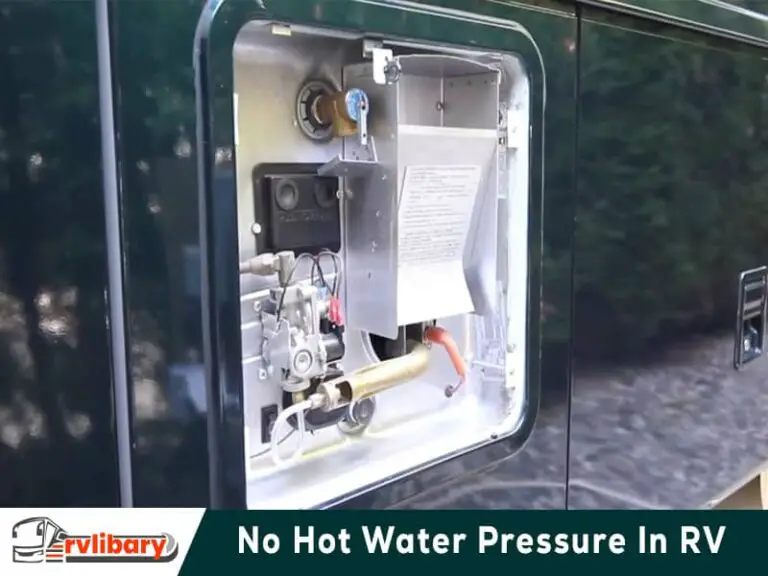 Now that you know the potential causes of low hot water pressure in your bathroom sink, you can take steps to fix the issue. The first solution is to clean or replace the aerator. This can be done easily by unscrewing the aerator from the end of the faucet and soaking it in a vinegar solution to dissolve any mineral deposits. If the aerator is beyond repair, you can purchase a new one at a hardware store. Another solution is to check your water heater and make sure it is functioning properly. If it is old or faulty, it may be time to replace it. Lastly, if you suspect that your pipes are the problem, you may need to hire a plumber to inspect and replace them if necessary.
Now that you know the potential causes of low hot water pressure in your bathroom sink, you can take steps to fix the issue. The first solution is to clean or replace the aerator. This can be done easily by unscrewing the aerator from the end of the faucet and soaking it in a vinegar solution to dissolve any mineral deposits. If the aerator is beyond repair, you can purchase a new one at a hardware store. Another solution is to check your water heater and make sure it is functioning properly. If it is old or faulty, it may be time to replace it. Lastly, if you suspect that your pipes are the problem, you may need to hire a plumber to inspect and replace them if necessary.
Preventative Measures
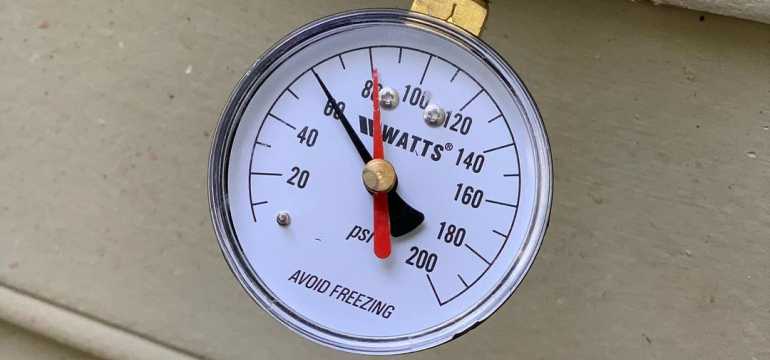 To avoid experiencing low hot water pressure in your bathroom sink in the future, there are some preventative measures you can take. Regularly clean your aerator to prevent mineral buildup, and be mindful of what you put down your sink to avoid clogs. It is also important to keep an eye on the age and condition of your water heater and pipes, and replace them when necessary. Taking these steps can help maintain proper hot water pressure in your bathroom sink and prevent future issues.
In conclusion,
low hot water pressure in your bathroom sink can be caused by a variety of factors, such as a clogged aerator, faulty water heater, or old pipes. By understanding these causes and taking preventative measures, you can ensure a steady flow of hot water in your bathroom sink. If the issue persists, it may be best to consult with a professional plumber to properly diagnose and fix the problem.
To avoid experiencing low hot water pressure in your bathroom sink in the future, there are some preventative measures you can take. Regularly clean your aerator to prevent mineral buildup, and be mindful of what you put down your sink to avoid clogs. It is also important to keep an eye on the age and condition of your water heater and pipes, and replace them when necessary. Taking these steps can help maintain proper hot water pressure in your bathroom sink and prevent future issues.
In conclusion,
low hot water pressure in your bathroom sink can be caused by a variety of factors, such as a clogged aerator, faulty water heater, or old pipes. By understanding these causes and taking preventative measures, you can ensure a steady flow of hot water in your bathroom sink. If the issue persists, it may be best to consult with a professional plumber to properly diagnose and fix the problem.














/low-water-pressure-2718732-05-99eb1816e88841c593aeeaaaf330085b.jpg)




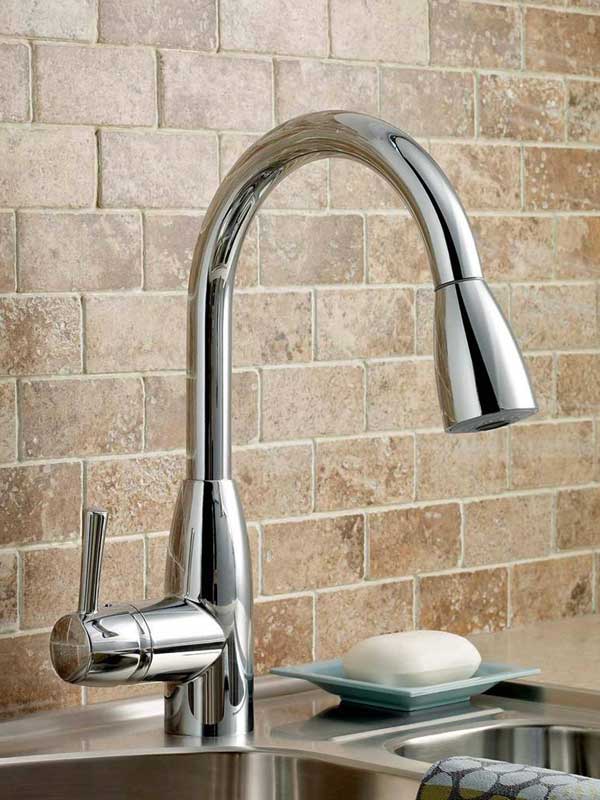








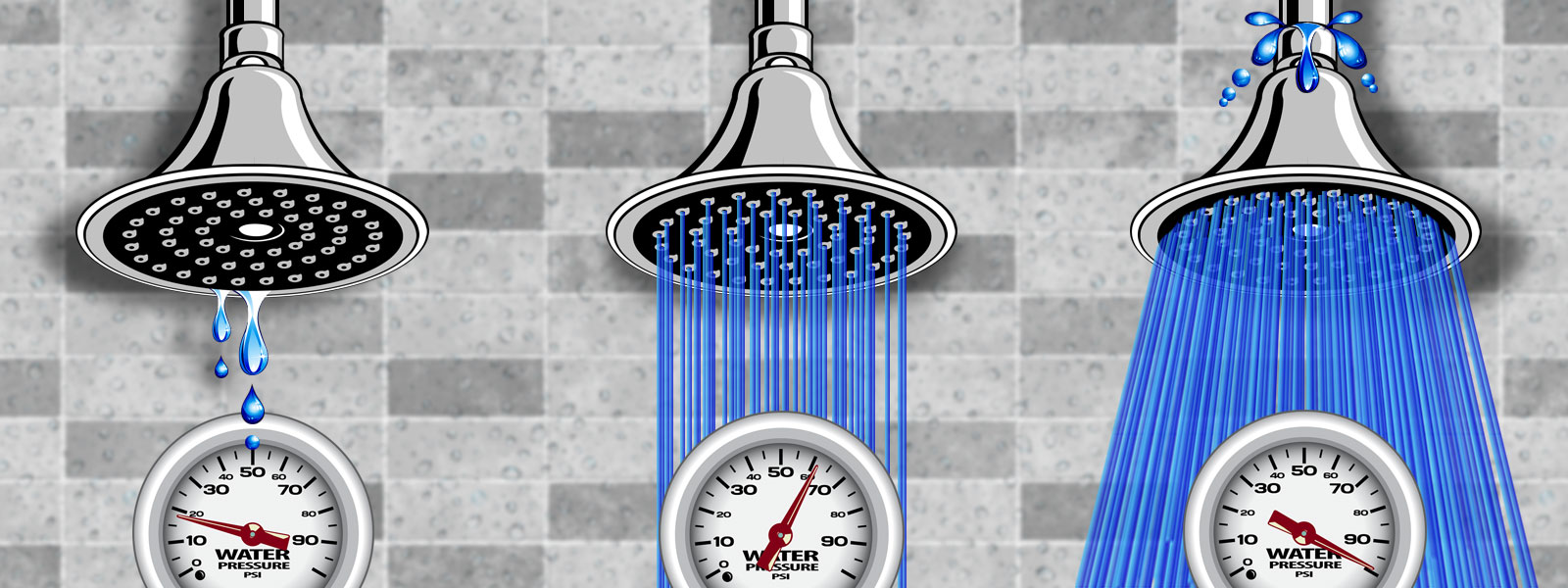
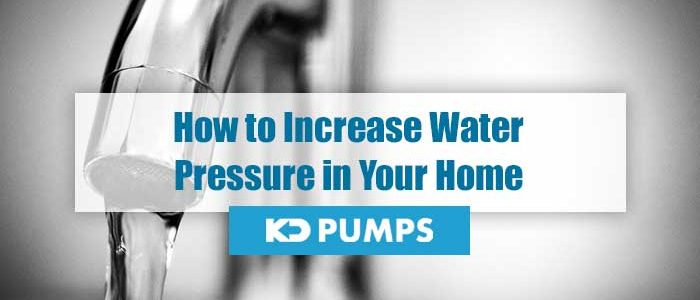

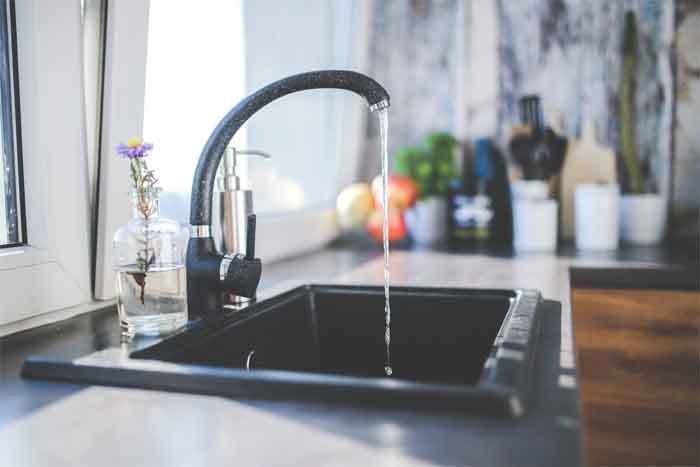


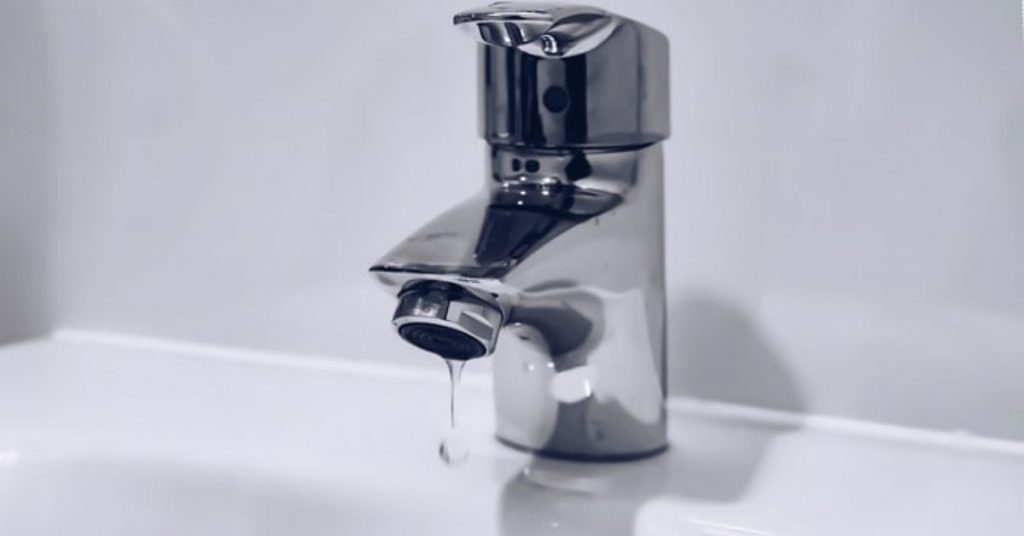



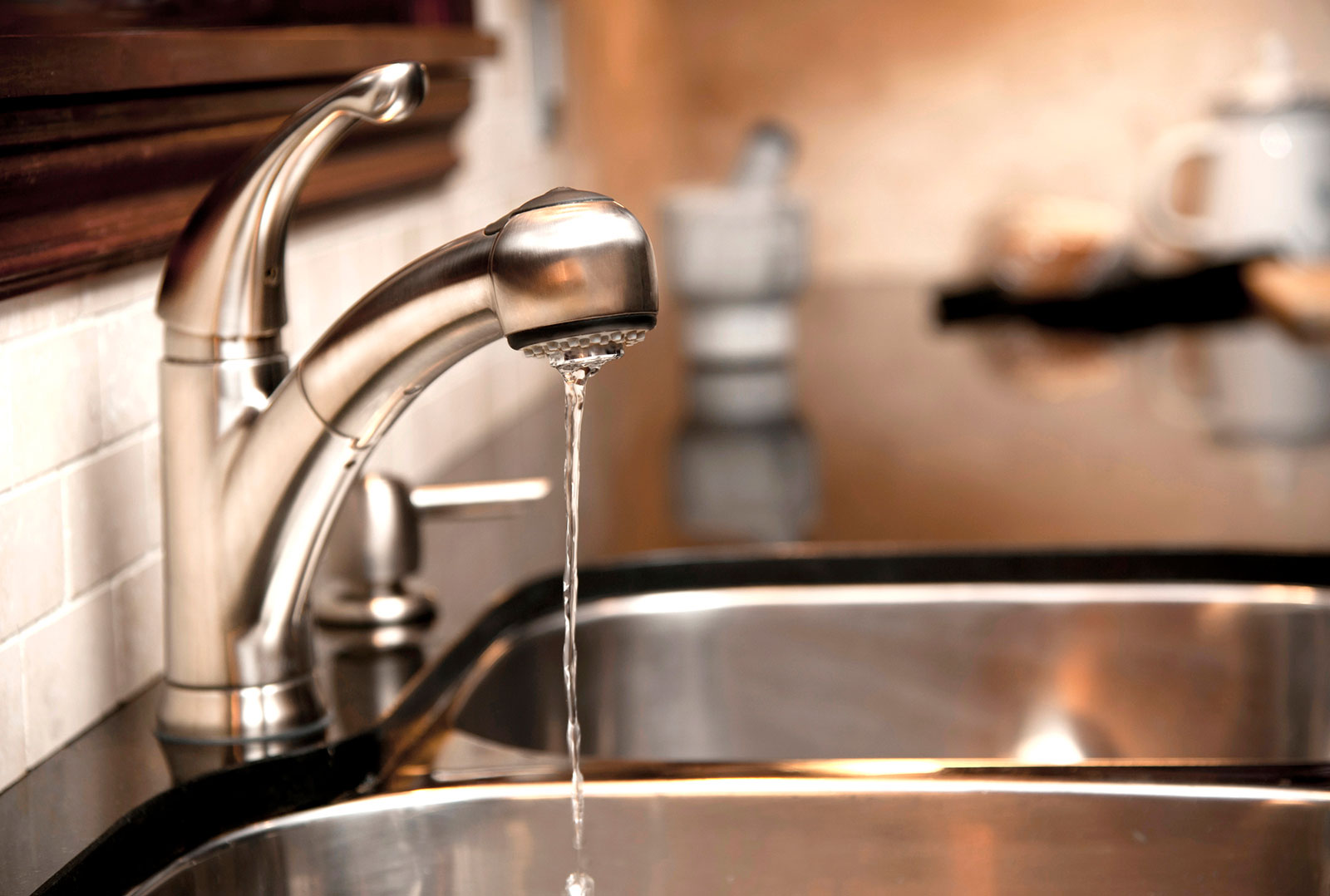
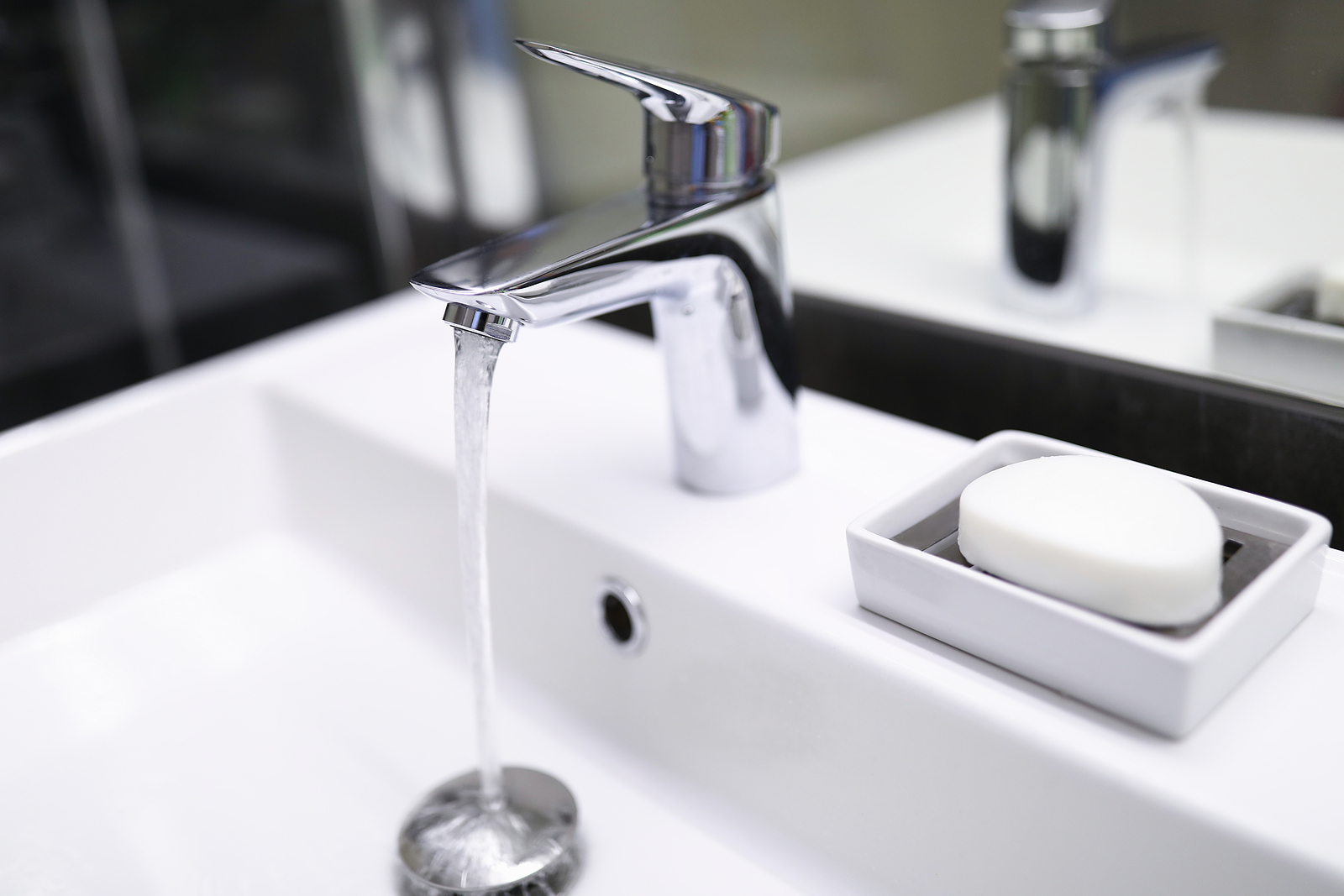

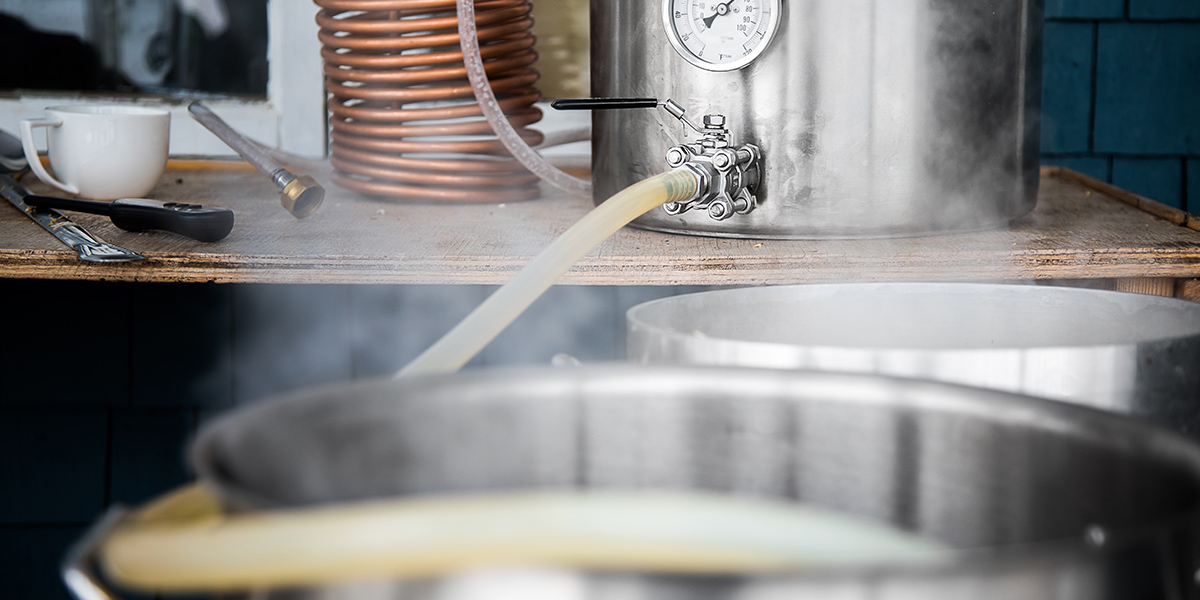













:max_bytes(150000):strip_icc()/increase-low-shower-pressure-4052359_FINAL_01-6ece340f72f74bf9ae59e4192b03c0bc.png)
